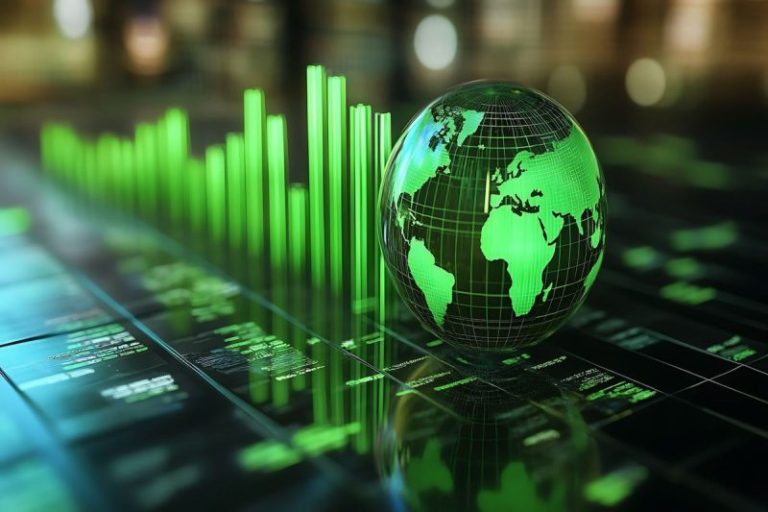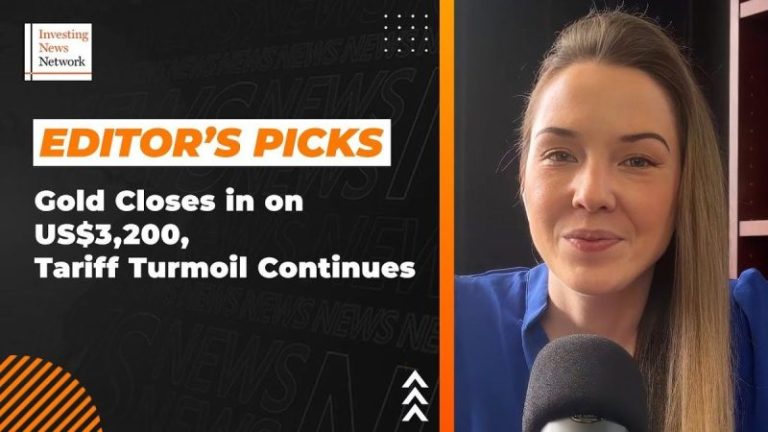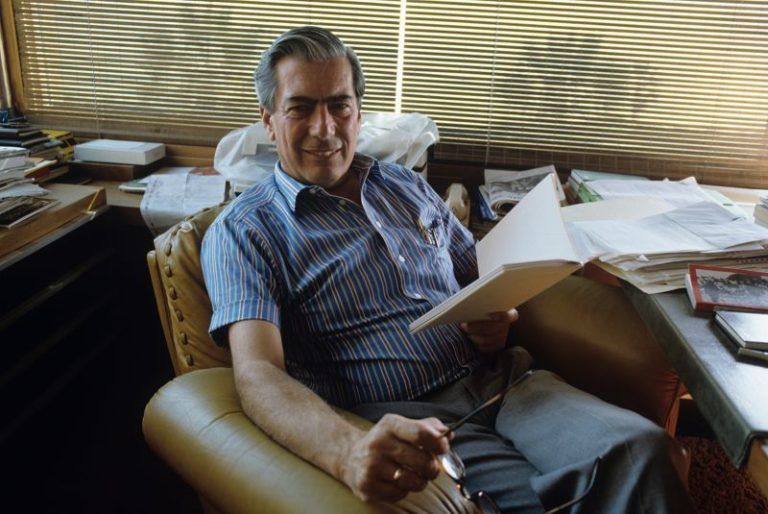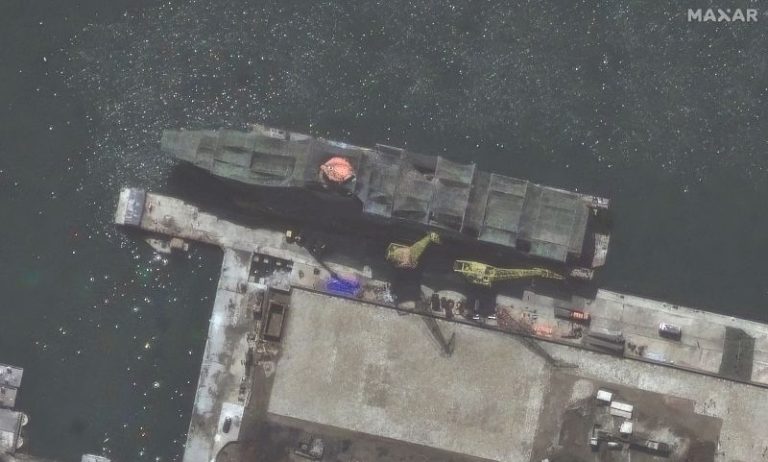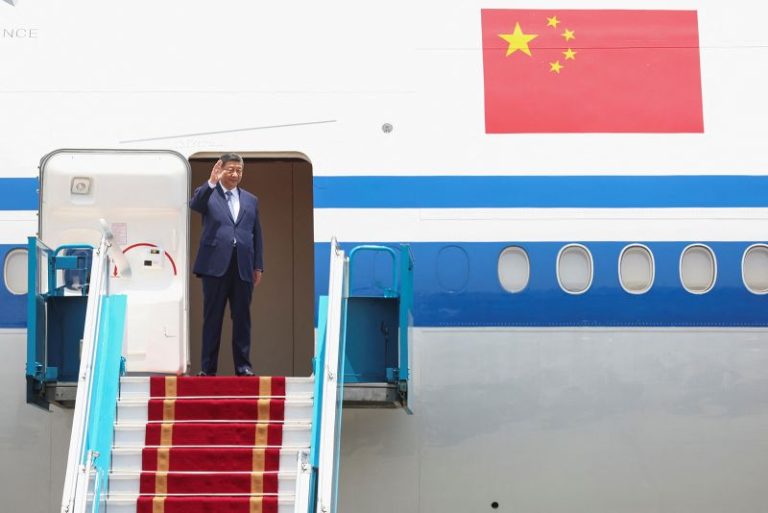Shifting political winds and tech advancements defined the cleantech sector in the first quarter of 2025.
This cleantech market update will explore the key trends and challenges that shaped the sector in Q1, with a focus on electric vehicles (EVs), autonomous driving technologies and renewable energy.
From shifting regulatory landscapes to breakthroughs in battery innovation, the period was marked by rapid developments and growing global investment in clean technologies.
Political shifts and policy challenges in cleantech
A notable political shift away from climate-supportive policies in the early weeks of Q1 posed a challenge to the cleantech industry as the Trump administration initiated legal action to cancel key subsidies and funding programs.
Targeting the Biden-era Inflation Reduction Act (IRA) on his first day in office, US President Donald Trump signed the Unleashing American Energy executive order that, among other things, called for a freeze on fund disbursement pending review.
The Trump administration has since taken several additional steps to reshape the nation’s environmental and energy landscape, suspending the US$5 billion National Electric Vehicle Infrastructure (NEVI) program initially approved by Congress in 2021 and launching a deregulatory initiative through the EPA to boost the US energy sector.
Such actions have ignited a huge backlash from legal experts and climate activists. “On a bipartisan basis, Congress funded this program to build a new vehicle charging network nationwide. The Trump administration does not have the authority to halt it capriciously.” NRDC advocate Beth Hammon said in a statement reported by Axios after the Federal Highway Administration announced the suspension of the NEVI Formula Program.
Trump would also need Congressional approval to repeal tax credits; however, since many IRA-funded projects have generated jobs in red states, pursuing repeals could intensify the backlash the administration is already facing due to the tariff-induced trade war, which significantly impacted 401(k)s and pushed indices into a bear market at the beginning of Q2.
“Many of our plants in the Midwest that have converted to EVs depend on the production credit,” Ford (NASDAQ:F) CEO Jim Farley told reporters at the Detroit Auto Show in January.
“We would have built those factories in other places, but we didn’t … It changed the math for a lot of investments.”
As legal battles unfold in federal court, the delay has already reverberated throughout the sector, with cleantech companies delaying projects in anticipation of potential policy changes, according to Bob Keefe of E2. The outcome could have long-lasting effects on the overall growth and stability of the cleantech industry.
EVs and the autonomous revolution
Electrified transport has been a major sector driving global energy transition investment, accounting for US$757 billion in 2024, according to BloombergNEF’s Energy Transition Outlook for 2025.
The 2025 Consumer Electronics Show (CES) in January highlighted the convergence of EVs and autonomous driving, with Google’s (NASDAQ:GOOGL) EV subsidiary Waymo announcing an expansion of its partnership with Hyundai Motor (OTC Pink:HYEVF,KRX:005380) and a new collaboration to integrate the NVIDIA-powered EV Zeeker RT into its fleet.
NVIDIA (NASDAQ:NVDA) CEO Jensen Huang, who kicked off the event by delivering a keynote speech, touted the success of Waymo and Tesla (NASDAQ:TSLA) as a symbol of the “arrival” of autonomous vehicles.
Huang later disclosed during an interview with Yahoo Finance’s Dan Howley that NVIDIA’s technology for autonomous driving is projected to generate US$5 billion in annual sales.
Waymo has since announced plans to expand its self-driving testing to 10 more cities in the US this year and has expanded its services in the San Francisco Bay Area.
In March, the company teamed up with Uber (NYSE:UBER) to offer robotaxis in Austin, Texas — ahead of Tesla’s planned June launch — with plans to expand into Atlanta later this year.
Tesla
Tesla faced a period of mixed performance this quarter, its stock price experiencing a 2.9 percent drop after Bank of America Global Research changed its rating from “buy” to “neutral” in early January. Analysts cited high execution risks as near-term growth impediments, including the delayed launch of its robotaxi and low-cost models.
An NHTSA investigation into Tesla’s Smart Summon system initiated a further downturn in its stock price. This was compounded by a substantial drop in the week of January 20 amidst Trump’s declaration of an “energy emergency” and evolving policy conditions. Subsequently, a February 2025 report indicated a weakening brand value stemming from revenue shortfalls and heightened competition, particularly from China, where companies like BYD and Xiaomi have eaten into Tesla’s market share.
BYD (OTC Pink:BYDDY,SZSE:002594) surpassed Tesla’s revenue for Q4 2024, and analysts predict it will lead in global battery electric vehicle (BEV) market share for the full year.
The company also unveiled a new EV battery system and platform in March 2025 that boasts an ultra-fast charging capability, which will be featured in its new series launching in April.
Xiaomi (OTC Pink:XIACY,HKEX:1810), another significant Chinese player in the EV market, reported 365.9 billion Chinese yuan (US$50.6 billion) in annual revenue in its 2024 earnings report, with 10 percent from its new EV division.
Xiaomi also lifted its 2025 delivery target for EVs to 350,000, up from an earlier figure of 300,000, with plans to release an electric SUV this summer, pitting it against Tesla’s recently refreshed Model Y.
Tesla, which has plans to launch in Saudi Arabia on April 10, didn’t provide a vehicle delivery estimate in its Q4 report, saying only that it expected a “return to growth.’
Policy
Tesla CEO Elon Musk’s involvement in US politics has also weighed on the company.
Daniel Ives, a Wedbush Securities analyst who’s been bullish of Tesla stock for the last four years, reduced his Tesla share price target to US$315 from US$550. In a client report shared by Bloomberg on April 6, Ives cites a brand crisis created by Musk’s connection to Trump’s trade policies.
Protests erupted across the country and in Canada in reaction to Musk’s increasingly prominent role in the Trump administration, specifically his seemingly unrestricted access to sensitive government data and his efforts to shut down agencies and implement massive funding cuts.
Reports of vehicle and storefront vandalism surfaced as activists called for Tesla drivers to sell their vehicles and dump shares as a form of protest against Musk’s involvement. This sentiment resulted in substantial declines in Tesla’s share price on multiple occasions throughout March, the largest of which (15.43 percent) occurred on March 10 when President Trump confirmed his intention to move forward with tariffs on goods from Canada and Mexico.
Tariffs
Global tariffs announced on April 2 have added another layer to the challenges global trade poses to the cleantech sector, particularly for the auto industry. While the situation is unfolding and some political analysts are hopeful that negotiations will result in lower levies, many economists say high tariffs could devastate the sector.
CFRA Research analyst Garrett Nelson’s latest analysis describes how Tesla is the “least exposed” to automobile tariffs and could even stand to benefit. “There are very few winners,” Sam Fiorani, vice president of global vehicle forecasting for AutoForecast Solutions, said in a telephone interview with Bloomberg. “Consumers will be losers because they will have reduced choice and higher prices.”
Renewable energy: growth amidst policy uncertainty
Recent efforts to bolster the renewable energy sector have seen gradual success, as demonstrated by new data from the International Renewable Energy Agency showing that added renewable energy capacity accounted for more than 90 percent of total global power expansion last year.
Solar and wind energy grew at the highest rate, with the US adding a 54 percent increase in solar capacity.
BloombergNEF’s Trends report, released on January 30 with data likely compiled before the inauguration and subsequent policy changes, named solar and wind power as a “mature” part of the energy transition likely to continue to receive funding in 2025; however, under the Trump administration, the near-term future of both industries appears uncertain.
Energy research firm Wood Mackenzie’s David Brown told the Globe and Mail in January that despite the current strong growth in US solar capacity, the effects of policy uncertainty and incentive cuts might be more pronounced after the next 12 to 18 months.
Along with pausing IRA funding earmarked for climate programs, Trump ordered the suspension of wind and solar power projects. Wood McKenzie recently cut its five year outlook for new wind energy projects by 40 percent, citing economic concerns and the current administration’s policies as hurdles.
Yet, within this evolving landscape, Plug Power, a hydrogen manufacturer that secured a loan guarantee of almost US$1.7 billion to build hydrogen power plants before Biden left office, was able to navigate the existing incentive structures to claim tax benefits after this order took effect.
The company added US$30 million to its liquidity pool on January 24 through the transfer of the Federal Investment Tax Credit; however, a US$200 million funding gap prompted analysts at Seeking Alpha to name it a high-risk bet.
Cleantech outlook for 2025
Wood Mackenzie’s Energy Transition Outlook for 2024-25 suggests that power sector emission drops and electric vehicle adoption could reduce North America’s power sector emissions by 20 percent by 2030, although factors like tariffs and policy could impede this progress.
While bank financing for low-carbon energy technologies nearly matched that of fossil fuels in 2023, a potential funding threat has emerged as all major US banks have withdrawn from the Net Zero Banking Alliance. Additionally, BlackRock (NYSE:BLK) announced its decision to leave the Net-Zero Asset Managers initiative in January.
The current political and economic outlook presents a landscape rife with questions for the cleantech industry. A District Court judge in Rhode Island blocked the order to freeze IRA funding in late January, but comments from the administration suggest the battle is far from over.
Yet, progress continues on several fronts. A note by Citigroup ESG analysts asserts that the energy transition is further along now than during Trump’s first term, and his policies will not be able to hold back the progress that has already begun.
Companies are continuing to expand. Revel CEO Frank Reig told Axios there’s still plenty of financing support for EV charging from local governments and state utilities, despite the cutbacks in federal funding. The electric taxi company recently opened its first EV fast-charging station outside of New York City in San Francisco’s Mission District, with plans to add another 125 chargers at seven sites in the Bay Area within the year.
EV maker Rivian (NASDAQ:RIVN) is proceeding with its US$6.6 billion IRA-backed Georgia factory despite earlier state-level uncertainty. Rivian has also spun out a new micromobility startup, securing US$105 million in funding with investment from VC firm Eclipse. Researchers at BloombergNEF predict that by 2050, three out of four global sales of two- and three-wheelers will be electric vehicles, compared to approximately half in 2024.
Despite potential headwinds for renewables, Petar Pejovic, senior portfolio manager with Pejovic Bighill Private Wealth at Wellington-Altus Private Wealth, suggested that energy demands for AI infrastructure are likely to support a diverse energy mix, including green sources.
Nuclear energy is gaining traction as a sustainable option, with nuclear fusion and small modular reactors identified by Cleantech Group at its annual North American forum as high-growth areas.
Electric mobility and hydrogen could face slower growth due to manufacturing hurdles and demand issues, respectively. However, investment opportunities are anticipated in hydrogen for long-term decarbonization.
The intersection of AI and cleantech is strengthening, attracting increased investment. Furthermore, the cleantech and defense sectors are converging on dual-use technologies. The growing awareness of the health impacts of climate change is also expected to drive further attention and investment in cleantech solutions.
The coming months will be critical in determining the trajectory of the cleantech industry as it navigates policy shifts, market competition, and technological advancements.
Securities Disclosure: I, Meagen Seatter, hold no direct investment interest in any company mentioned in this article.
This post appeared first on investingnews.com


